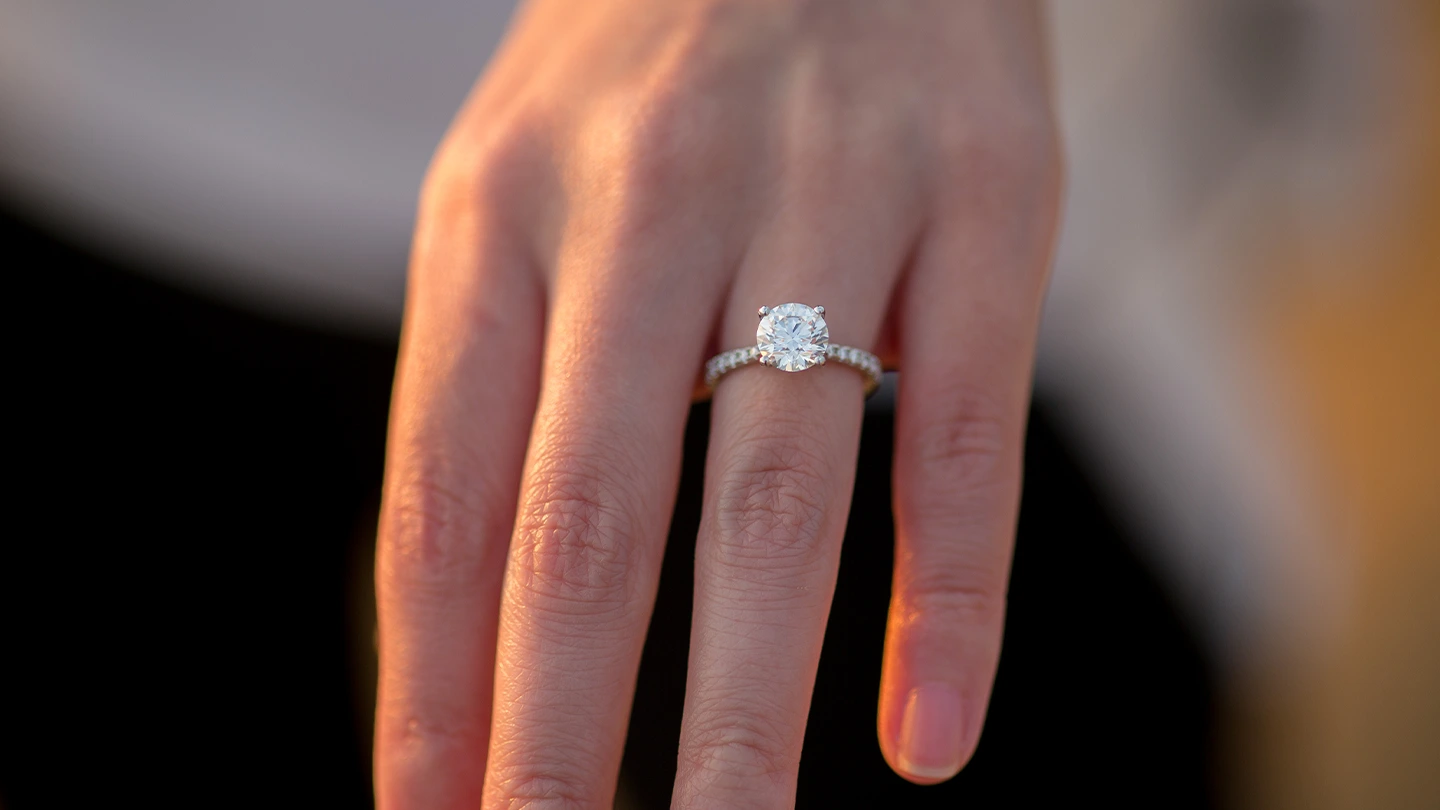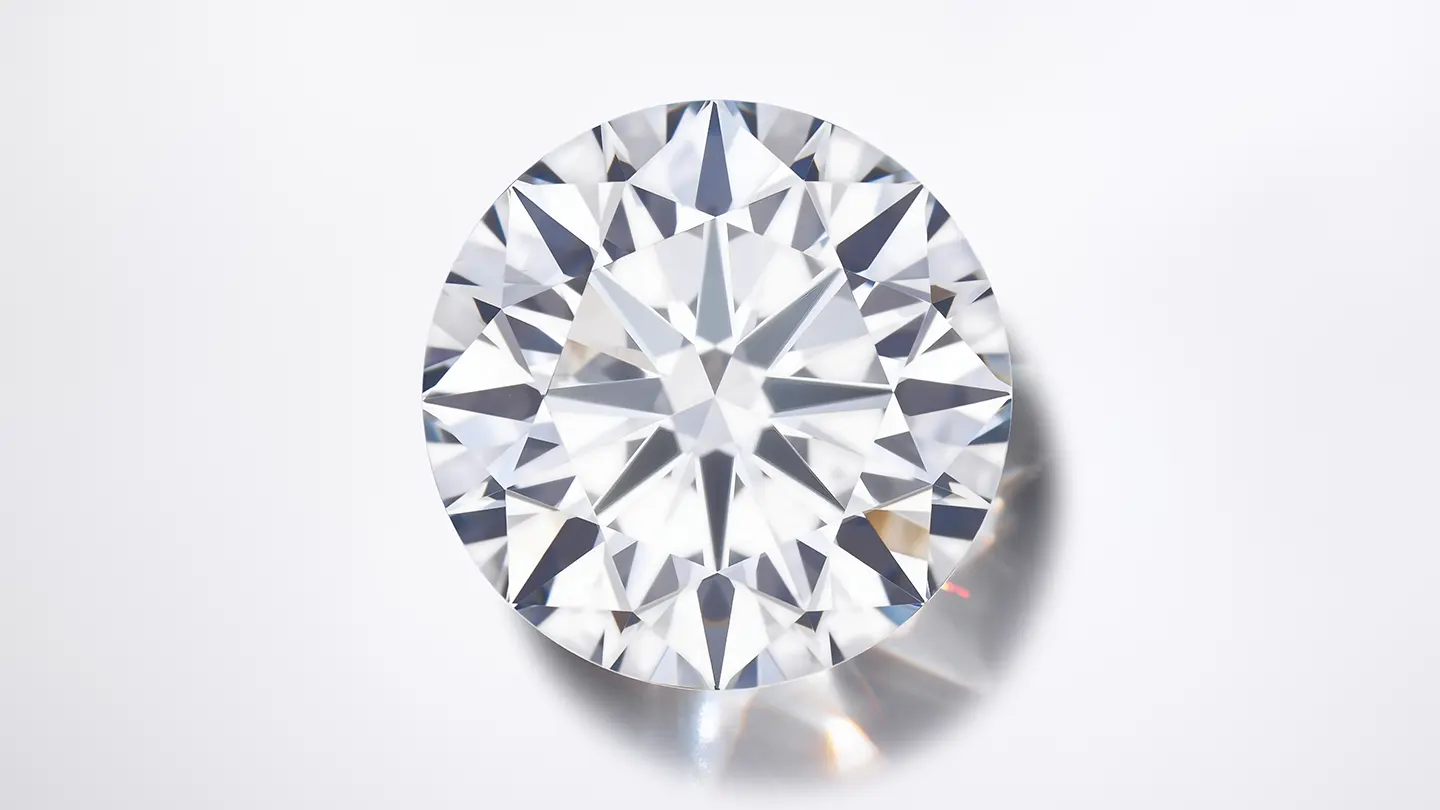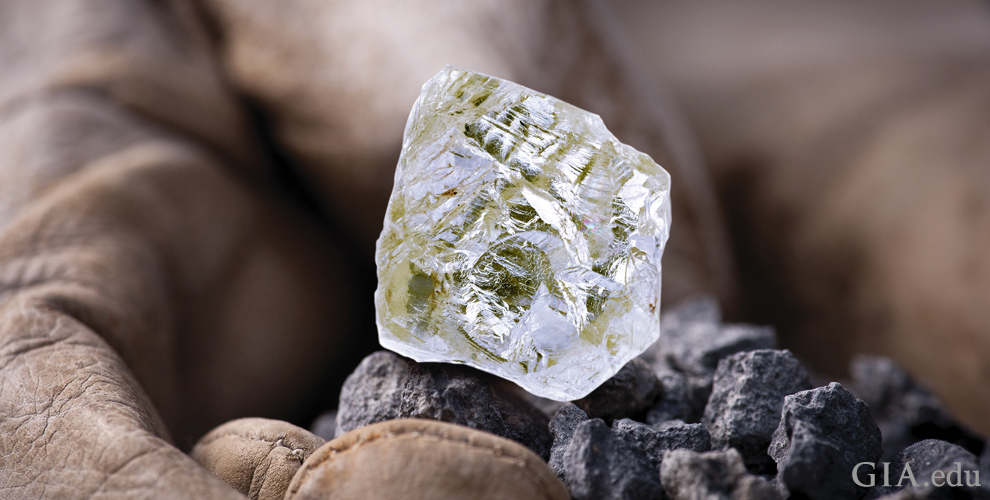As of 2023, Botswana is the world’s largest producer of diamonds by value and second largest producer of diamonds by volume. Some of the world’s largest diamonds have been found here. Diamonds help build Botswana’s infrastructure, including schools and hospitals, support female leadership, and combat diseases such as AIDS.
(more…)










